Stay Ahead of the Curve
Latest AI news, expert analysis, bold opinions, and key trends — delivered to your inbox.
Entering The Artificial General Intelligence Spectrum In 2025
8 min read Technological development has hit warp speed – in a flash, stars have stretched into starlines and where we are today is far from where we were just days ago. January 08, 2025 16:04
It’s increasingly difficult to predict where we will be tomorrow.
One thing is clear: we are entering the Artificial General Intelligence (AGI) spectrum and Artificial Superintelligence (ASI) now seems clearly within reach. However it is defined, AGI will not appear suddenly; it will evolve and already we see signs of its incremental unfolding.
The Dawn of AGI
AGI has long been the ultimate goal—a technology capable of performing the mental work of humans, transforming how we work, live, think. Now, as we step into 2025, glimmers of AGI are already appearing and promise to grow stronger as the year moves along.
This is a shift so profound that some, like Sam Altman of OpenAI and Ilya Sutskever, formerly OpenAI’s chief scientist with his own startup focused on ASI, believe it will define the arc of human progress.
In September 2024, Altman published The Intelligence Age, a manifesto arguing that AGI isn’t just a tool, it’s a new phase in human history.
Since then, OpenAI has released increasingly powerful reasoning models – AI systems that not only answer questions from a base of knowledge encompassing much of the world’s written text but can think and solve complex problems. The implications of this advance have not yet penetrated the public consciousness. But they are profound.
For example, OpenAI’s GPT-o1 model scored 83% on the International Mathematical Olympiad (IMO) qualifying exam, widely regarded as one of the most difficult math competitions in the world, requiring creativity and deep reasoning skills to solve problems without advanced mathematical tools like calculus.
Subsequently the GPT-o3 model achieved a groundbreaking score of 87.5% on the ARC-AGI benchmark, which evaluates an AI's ability to solve entirely novel problems without relying on pre-trained knowledge. ARC-AGI is considered one of the toughest AI benchmarks because it tests conceptual reasoning and adaptive intelligence, areas traditionally dominated by humans.
From Narrow Intelligence to General Capability
Until now, AI systems have excelled as specialists—writing copy, diagnosing diseases, optimizing logistics—but only within narrowly defined limits. AGI promises something fundamentally different: the ability to adapt, reason, and solve problems across domains.
Large language models (LLMs) and multimodal models are already demonstrating proto-AGI traits such as generalization across tasks, multimodal reasoning, and adaptability. These capabilities are improving iteratively through better architectures, larger datasets, and more efficient training methods.
Meanwhile, OpenAI is redefining what AGI means. Its public definition remains “a highly autonomous system that outperforms humans at most economically valuable work.” But that endpoint has grown so blurry, Microsoft and OpenAI are reportedly linking AGI to the ability of an AI system to generate $100 billion in profits.
AGI challenges our very understanding of what it means to be human. Intelligence, long regarded as humanity’s defining trait, will no longer be ours alone. How we integrate AGI into our lives—whether as tools, partners, or rivals—will shape our culture, values, and identity in ways no one has yet to grasp.
Superintelligence
It also puts us on the road to ASI, when self-learning AGI systems eventually surpass collective human intelligence.
Domain-specific AI systems exhibit superhuman narrow intelligence today within fields like science, programming, or medicine. AlphaFold, for example, has revolutionized structural biology by predicting protein structures with unparalleled accuracy – a task beyond human capability.
OpenAI’s reasoning models include a recursive loop that refines their outputs during inference. While this refinement is temporary and does not change the model’s underlying parameters, it demonstrates the potential for more dynamic and adaptive AI systems.
Researchers are diligently exploring techniques like incremental learning and replay-based approaches to enable AI systems to retain knowledge while acquiring new knowledge, allowing a single system to learn continuously.
The goal is ambitious: to create machines that not only think but evolve. If these efforts succeed, the implications are staggering.
A New Era of Human-Machine Collaboration
“We are on the cusp of creating tools that are not merely extensions of human ability but entities with capabilities that, in some domains, will exceed our own,” Sutskever said this past December. He envisions a world where AI can unlock scientific breakthroughs, cure diseases, and solve problems previously thought intractable. Such advancements, he argued, could herald a new era of human flourishing—a Renaissance driven not by human ingenuity alone but by a partnership with machines.
AI agents powered by reasoning models could navigate complex environments, integrate disparate data streams, and solve problems that once seemed insurmountable.
In healthcare, this could mean AGI systems that wouldn’t just flag potential diagnoses, but design entire treatment plans tailored to an individual’s genetic makeup. In education, virtual tutors could adapt in real time to a student’s needs, teaching not only any subject but in any language, at any pace. This isn’t a distant dream—it’s the kind of progress that Altman suggests could materialize within “a few thousand days.”
And if machines can one day learn continuously and adapt seamlessly to new challenges, their ascent to superintelligence cannot be far behind.
For now, one thing is certain: 2025 marks the beginning of a new epoch. The Intelligence Age is here, and with it comes the possibility of a future as transformative—and as fraught—as any humanity has ever faced.
The emergence of AGI won’t be a sudden event. It will be a gradual unfolding as AI systems move along a spectrum of general intelligence toward ASI. The real question isn't when AGI will emerge, but whether we are prepared to guide its development for the better.

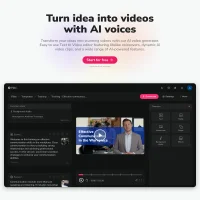

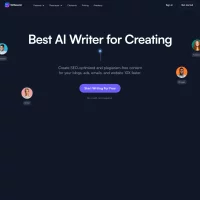
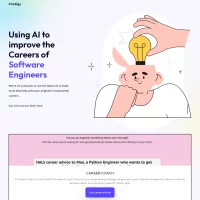







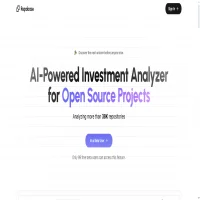

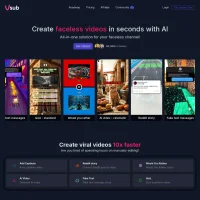




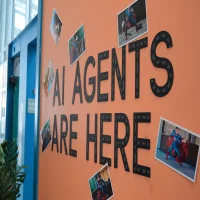 AI Agents
AI Agents